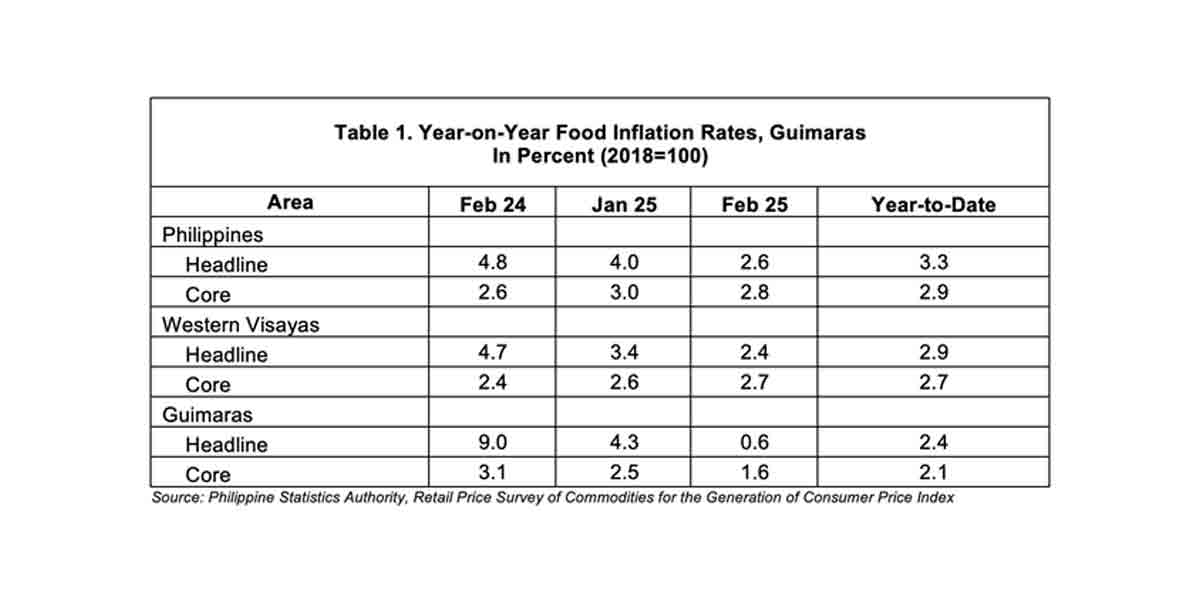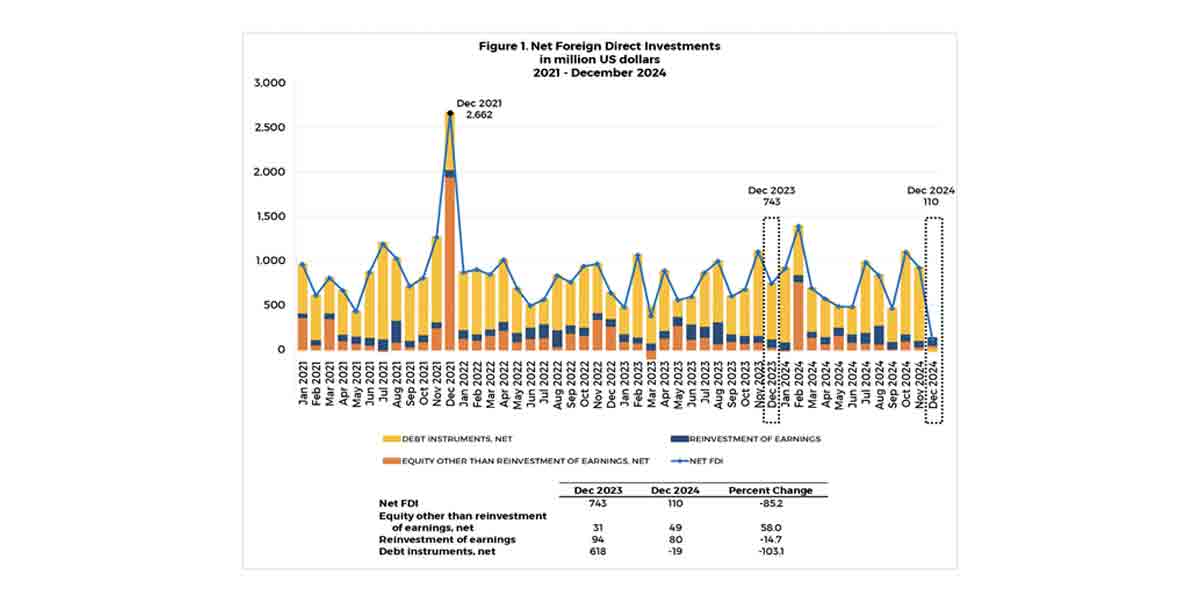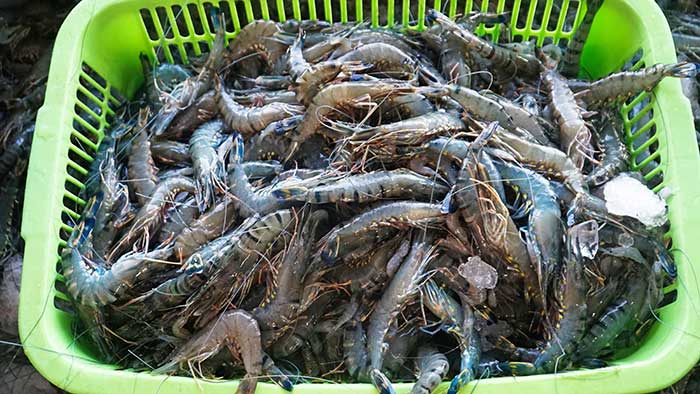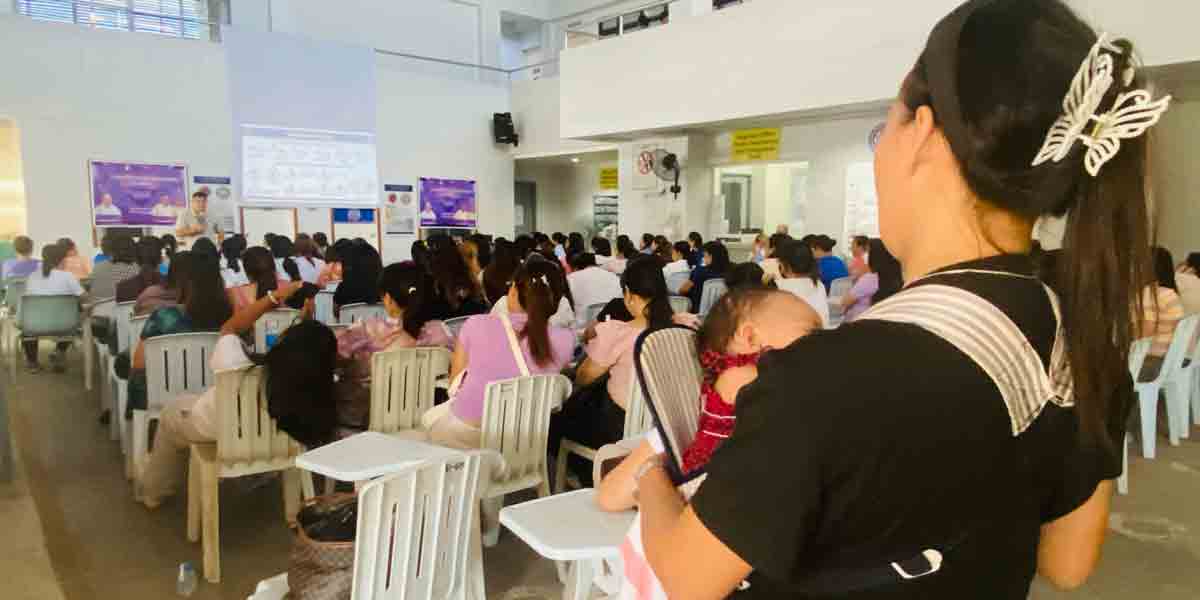By Rex Delsar Dianala
On 3 July 2023, as a highlight of its 50th anniversary, AQD inaugurated its new Black Tiger Shrimp Broodstock Facility in Tigbauan Iloilo. The biosecure facility was built to reduce reliance on wild shrimp spawners that often carry diseases, which are then passed on to their eggs and larvae.
Its four 120-ton broodstock tanks, with a combined holding facility of 1,440 fully-grown breeders, are projected to produce 80 million postlarvae annually. More importantly, it is hoped to be a source of disease-free captive broodstock, which are critical to achieving high survival rates and the production of high-quality postlarvae in the hatchery.
Two months later, on 11–13 September, AQD stocked in the new facility about 4,000 tiger shrimp (Penaeus monodon) that tested negative for key diseases. The shrimp originated from AQD’s shrimp hatchery and grown to about 27 grams each at the Dumangas Brackishwater Station (DBS).
Having been reared entirely in AQD’s facilities, the new batch of shrimp are being groomed to become fully domesticated and disease-free broodstock and, again, complete the life cycle of tiger shrimp in captivity, a feat first accomplished by AQD in 1975.
That same week, after collecting the shrimp juveniles, the two pond sources were drained and harvested to yield a total of 5.45 tons of 30-grammer tiger shrimp.
Oplan Balik Sugpo
This renewed thrust to demonstrate tiger shrimp technologies began in 2017 when the “Oplan Balik Sugpo” (Operation Plan to Revive Tiger Shrimp) program was launched by AQD, aiming to revive the tiger shrimp industry, which saw its prime in the 1990s. The program’s approach is to promote the production of high-quality shrimp postlarvae and demonstrate environment-friendly approaches in the grow-out phase, altogether adopting enhanced biosecurity and emphasizing good aquaculture practices.
The program is both timely and symbolic. Post-pandemic, black tiger shrimp continues to be in demand and is being adopted by more farmers globally, especially by those looking for a less intensive and lower-cost system than that being used for whiteleg shrimp (Penaeus vannamei). In the Philippines, many farmers are willing to try farming the tiger shrimp again but struggle to find postlarvae.
On the part of AQD, the renewed emphasis on the tiger shrimp may be an appropriate way to commemorate its 50th anniversary. AQD Chief Dan Baliao has remarked time and again that the Department was established back in 1973 primarily to conduct research on the tiger shrimp. It was a mandate wherein the then-new technical department quickly delivered results.
Early successes
Aside from completing the life cycle of tiger shrimp in captivity in 1975 through eyestalk ablation, AQD’s research findings also enabled it to publish an extension manual on its pond culture in 1976 and begin conducting regular training courses on hatchery operations beginning 1977. That same year, mass production of fry in small-scale barangay hatcheries was achieved, which brought a newfound livelihood to coastal communities.
Multiple other strides in research, technology verification, training, and extension eventually led to the flourishing of the tiger shrimp industry. In the Philippines, production peaked at over 90 thousand metric tons in 1994, which was worth significant billions of pesos.
However, the industry was ill-prepared for intensification, and the rampant use of unapproved chemicals and release of untreated wastewater into the environment triggered the emergence of a series of shrimp diseases that plague the industry until now.
Providing solutions
In 1998, with the onslaught of the White Spot Syndrome Virus (WSSV), AQD was the first institution in the Philippines to provide PCR-based diagnostic services to detect the virus in shrimp samples submitted by different farms to its laboratory. Environment-friendly shrimp farming techniques were also developed and eventually demonstrated in different areas in Southeast Asia in 2000.
More recently, AQD was involved in a collaborative project in 2014 that developed an online database of aquatic pathogens collected and biobanked in the Philippines, which was intended to provide tools to manage and control shrimp diseases. In 2015, a collaborative project also developed a DNA-based kit, for detecting WSSV and other diseases, that delivers visual results in as quickly as 30 minutes.
Since the launching of “Oplan Balik Sugpo,” AQD has built a new biosecure tiger shrimp hatchery, which it operated since 2018. Protocols developed in the hatchery have been compiled and published in an extension manual, “Black Tiger Shrimp (Penaeus monodon) Hatchery Operations Using Enhanced Biosecurity Measures,” which was launched last 4 July 2023.
The postlarvae produced in the hatchery have also been used to supply grow-out demonstration runs at the DBS since 2019, with each run harvesting between 4.5 and 7.3 tons of shrimp. The production runs emphasize strict biosecurity, proper pond preparation, the use of probiotics and green water, and crop rotation, among others.
Way forward
This year’s haul of shrimp juveniles from the production runs at DBS that will be grown into mature, disease-free, and fully-captive broodstock, is another step up in AQD’s efforts to revive the black tiger shrimp industry. It is hoped that the new broodstock facility will become a sustainable and long-term solution to the perennial challenge and bottleneck of sourcing disease-free spawners from the wild.
The basic provision of disease-free spawners represents the first link in a chain that will, with proper biosecurity and investments, lead to sufficient high-quality postlarvae that can then be stocked in responsibly prepared grow-out farms that may use whatever technology is applicable to its site.


























